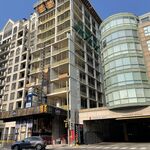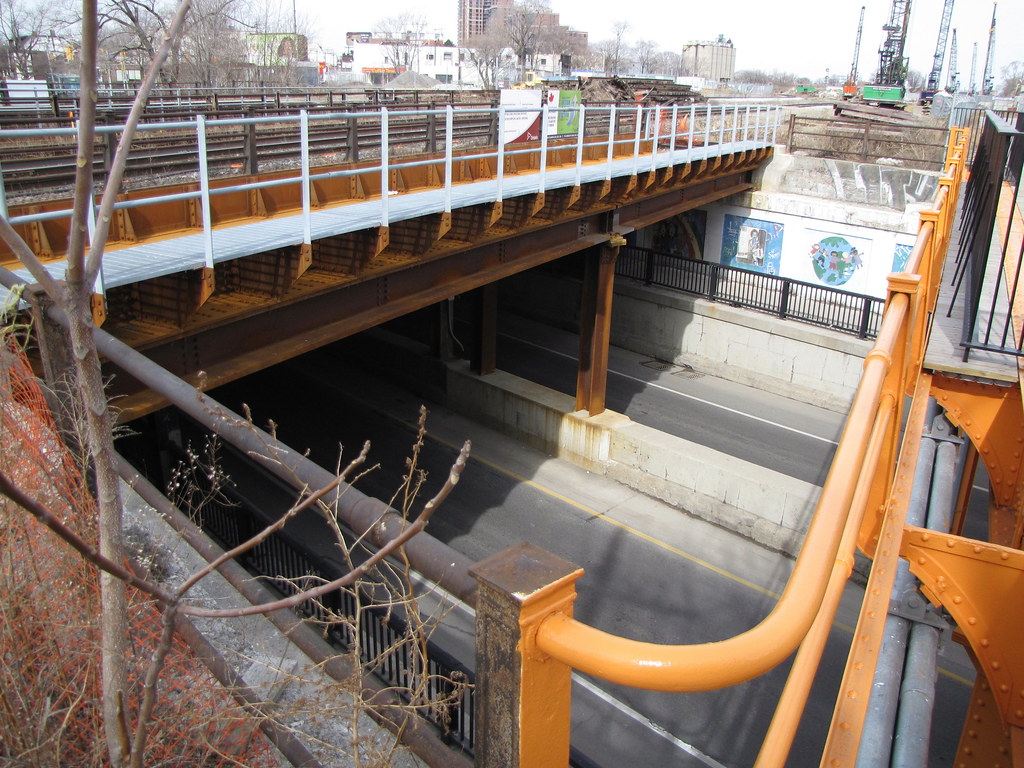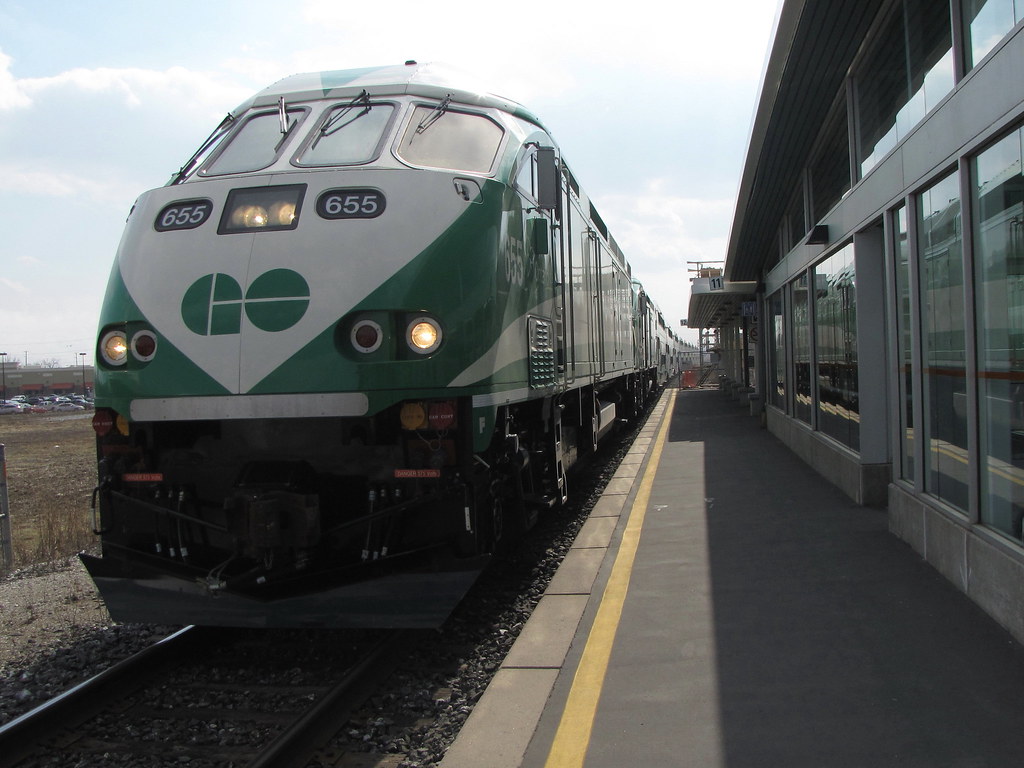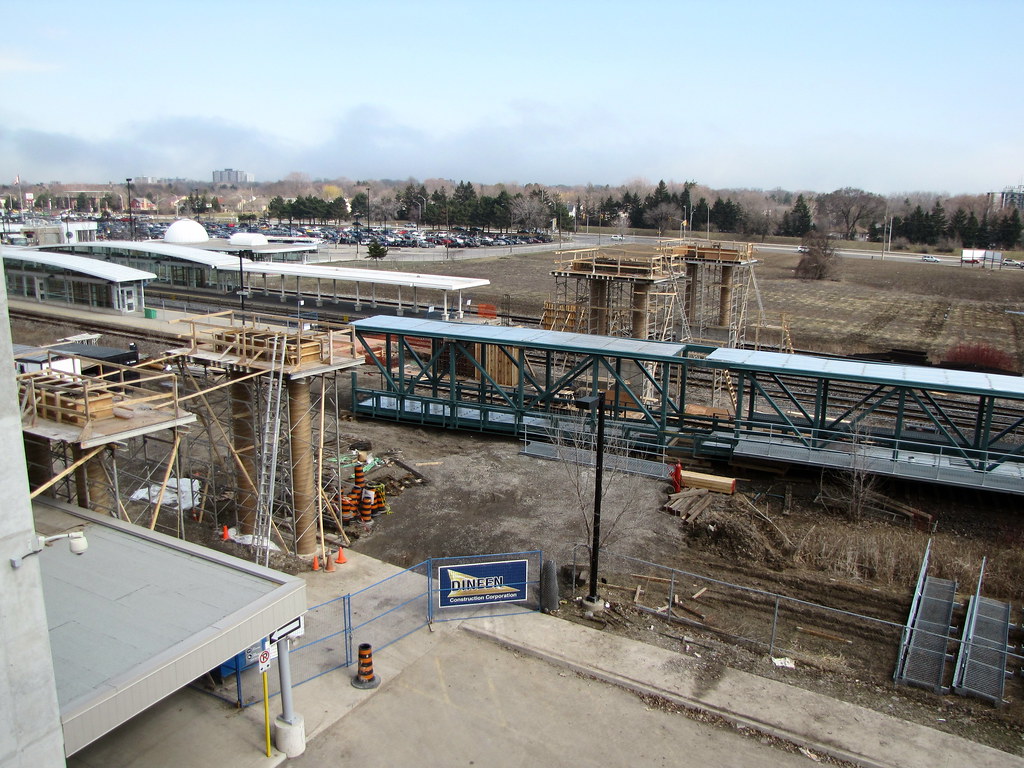Ultimately for all the pro's and con's wood is used because its much cheaper than the alternatives. The average cost of a wooden tie from creation to installation is only 100$ There are 3300 tie's in a mile, leading to a total cost of 330,000$ per mile of mainline track. Interestingly enough the GO built GO sub is the only GTA mainline which uses concrete ties for any long stretch, These ties have shown a much greater resistance to wear then the wooden ties elsewhere on the system, rarely needing to be replace. For example, there is a tie replacement program in place on the Oakville Sub and in some stretches they’ve mark every second wooden tie for replacement. On the other hand freight movements are not permitted on the GO sub(though of course there wouldn’t be any point in running freights along the dead-ended sub anyways) and so it has only had 500 ton GO trains travel over it and not any monster 10,000 ton freight. The steel wheels on your average freight car are only taken out of service when a defect has exceeded certain parameters, where as on a GO train the wheels are much more regularly tuned before defects become too prominent. Therefore the wheel impact loads are much greater from your typical freight due to this and the much greater avg weight per car. This greatly increase the forces projected onto the rails and then on to the ties and also exacerbates the creation of further wheel defects.











